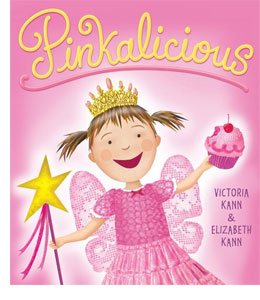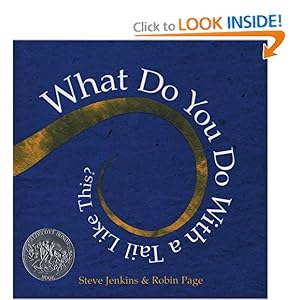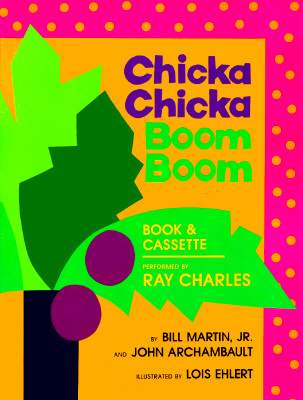Title: The Great Gilly Hopkins
Author: Katherine Paterson
Publisher: Crowell Publishin House
Date: 1978
Number of page: 161 pages
Reading level: Ages 9-12
Genre: Children's Fiction
Summary: Gilly is a disgruntled tom-boy foster girl, who loaths the foster system, and the lack of stability in her life. In the beginning of the book, Gilly is on her way to her newest home with her state appointed case worker. Upon meeting her new foster mother, she notices that Maime Trotter is must different then her previous foster families. She quickly realized she won't be able to pull as many fast ones on Trotter like she's used too. Trotter refuses to bow to Gilly's manipulative tactics, forcing her to become a functioning member of the household. Gilly's only pleasure is in bullying the other foster child in the home, a skinny seven year old boy named William Ernest. While adjusting to the living conditions with Trotter and William Ernest, Gilly must also confront her own issues with racism and prejudices.
While living at the Trotter home, Gilly gets into trouble as usual, quarreling with other students at school and leaving a racist and rude homemade card for her teacher. The only student at school who tries to strike up a friendship with her is a loathsome girl named Agnes Stokes, who follows Gilly around in spite of her rude and reluctant behavior.
Gilly quickly hatches two plans to escape. She learns that her mother is in San Fransico after Courtney sends her a postcard with a return address, and writes her a scathing letter about the foster home, pleading to be rescued. While visiting Mr. Randolph's, she discovers that the old man has a lot of money hidden in his bookshelf. She manages to steal a significant amount of money and tries to use it to purchase a bus ticket to San Francisco, but is picked up by the police. She then decides to return to Trotter's house when William Ernest pleads with her to come home. In spite of her desire to leave, Gilly eventually discovers she actually likes her new foster family and teacher. She makes a friendship with William Ernest begins teaching him how to read and defend himself against bullies. Later on in the book, we begin to see acceptance of Maime Trotter and her situation, and she calls Mrs.Trotter her mother, Willam Earnest her brother, and Mr. Randolph her uncle.
Just as Gilly settles into her new life, she is uprooted once again. Courtney has received Gilly's letter, and has requested that the state relinquish custody of Gilly to her biological grandmother. Gilly requests to stay with Trotter, but the matter is out of her hands, and she is taken to Virginia to live with her grandmother.
Gilly learns that her mother is coming to Virginia for Christmas and is excited because she believes that her longtime dream of a reunion is coming true. Courtney arrives, but Gilly is shattered because she immediately learns that her mother isn't going to stay in Virginia or take her back to San Francisco, she didn't even want to come for the holidays, and she only consented to visit because Grandmother paid for her ticket. After calling Trotter one last time and begging to go back, Gilly finally accepts her new home. Gilly is heartbroken, but decides she will cope with the situation, just to make Trotter proud.
My reaction: Being that I grew up in a home that housed foster kids, I was able to personally connect with Gilly. It's truly heart breaking that Gilly has to undergo so much instability and trial in her life, although - it's more common in children's live then we think. For me, this book was more sad then bringing awareness or any good. I liked that Gilly stood up for what she thought she had to do, and even comes to terms with her true feelings and even accepts her life, it still is only a minor look into what she went through mentally, physically and emotionally. I personally did not enjoy The Great Gilly Hopkins as much as everyone else.
Personal problems: Doesn't teach children the struggle behind children who are not as fortunate as them. Relatively sad, and depressing, with lack of hope.
My recommendation: I don't think this should be shared in the public education system. I think it should be up to parents to decide whether or not they would like to subject their children to such material. I feel like this book is too abrasive for children at such a young age, and with child maltreatment and emotional abandonment on the rise, I think it's ridiculous to allow such material to be encouraged and allowed in the educational processes. It is up to parental figures what books and texts their children should read, so let them decide if they want their young ones reading this book.

























